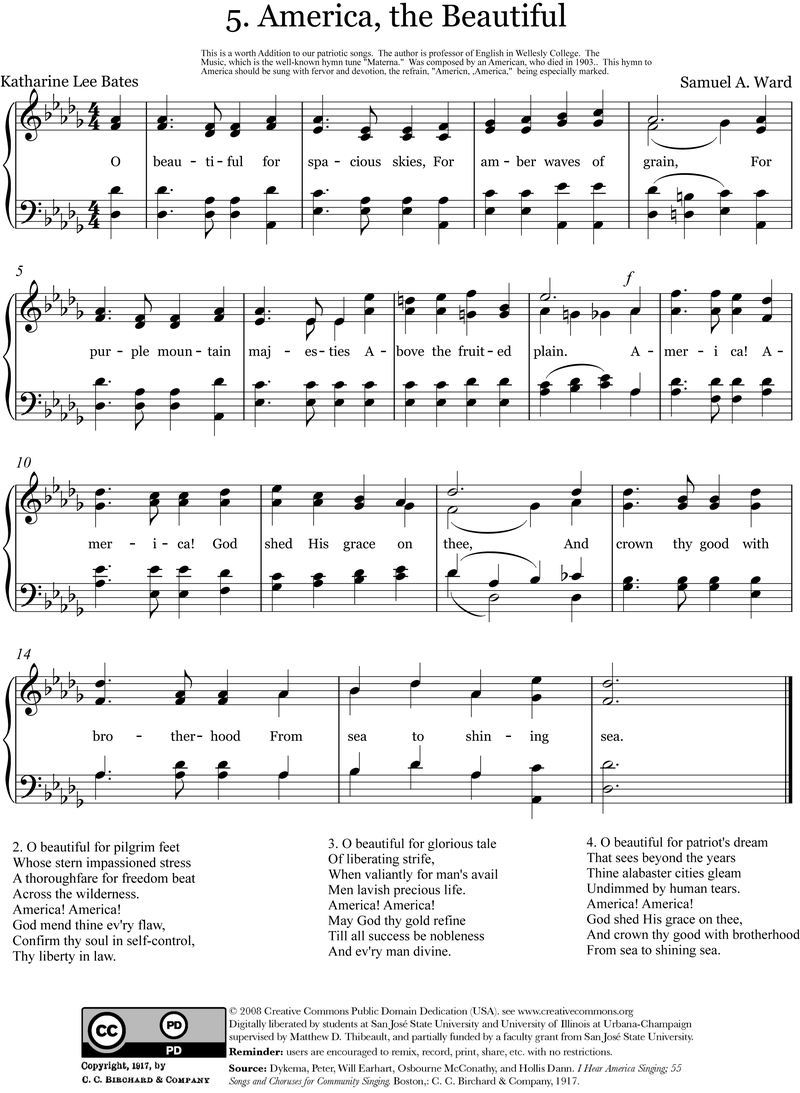This blog entry departs from talking about music for a moment of reflection I wrote about back in the 90s at a boutique publication, “The Asia Pacific Economic Review“. For a nation so attuned to new frontiers since its revolutionary founding, few people here really see the next revolution transforming our country in our everyday lives. In many ways, it is more an evolution since so many influences have been taking place over a number of decades.
It is sometimes subtle, sometimes “in your face” blatantly obvious. It’s in our food, media images, our tv virtual reality shows, our music, our children’s comic strips, toys & tv shows, our very way of life.
When was the last time you and your family went to dinner for sushi, kalbi, dim sum, or teriyaki? Or stunned to see your very American as apple pie next door neighbor design a beautifully polished Japanese garden in their back yard? Or to find out your former U.S. Marines buddy is deeply immersed in daily Buddhist meditation?
When was the last time you found your children couched like potatoes in front of a popular Japanese anime tv show or Japanese video game? Or your child begging for the latest Transformer, Pokemon or Hello Kitty toy? When tv surfing for the next tv show, did you land on a virtual reality show; more specifically did you stop to watch Iron Chef or the next American Idol? All of these things have one thing in common. They all originate from Japan, China, and other parts of East Asia. The original virtual reality shows were on televisions in Japan long before they washed onto the eastern shores of the Pacific Ocean.
We might have been threatened by it in the 80s when the Japanese corporate “invasion” of buying up landmark American properties was in full swing. Or the popular conversations about new business management approaches, such as those of UCLA scholar William Ouchi’s “Theory Z”. It was a threat then to America’s political, business, intellectual, and media establishment, but less so to the masses on the street. To put it bluntly, it threatened the American intellect, but not the heart of America.
In the 70s and 80’s, we saw the long term and permanent impact of martial arts and eastern health care, yoga, eastern meditation, naturo-pathic medicine, physical therapy, eastern spirituality (e.g., Hinduism, Buddhism, Shintoism, Asian Islam, Confusionism) take its place alongside western culture. Even before this time, Japanese anime began to influence the American psyche as early as the 50s. Then, we saw the longstanding Asian influences in modern architecture and landscaping take hold, beyond Frank Lloyd Wright in the 20s, then I.M. Pei, and an ongoing toying with the influence of Zen-like, minimalist thinking to modern architecture, landscaping, art, and culture.
The Next American Revolution is more psychological and spiritual than physically tangible. Remarkable is how much our western cultural origins cloud our vision to be almost completely oblivious to this next American revolution. If it is brought up in general to the mainstream media and leaders, even those known to be the more progressive leaders, completely trivialize or only quietly acknowledge its impact.
A good majority of our media and American consciousness simply ignore it, but it’s turning American culture upside down, or should I say it has already turned American culture upside down. For that matter it has transformed all of western society. It is equally pervasive in European countries, even parts of South America. Talk to the American media, including Hollywood, and they might give you a blank stare. But talk to them about all the things that make up our modern society today and you will find a high awareness of all things Asian as long as the west can claim it as their own. It leaves a deep streak and indelible mark at the core of our society. Things of Asian origin and the Asian influence has become so much a part of American life that it’s Asian origin is almost indistinguishable from it’s American-‘ness’. It pervades our entire society and our entire way of life. It goes well beyond our children’s obsession with Pokemon, Mario, and Hello Kitty. It leaves a permanent imprint far broader than our teenagers’ obsession with anime tv shows or video games. The song “I think I’m turning Japanese; I really think so” is no longer a joking mockery; it is an omnipresent, all pervasive occurrence from the main streets of our rural towns to the high rises of our largest metropolitan cities.
So what is behind this oversight and what lies within these insights?
This week I plan to visit North America’s first sanctioned Japanese Shinto Shrine, the Tsubaki Grand Shrine of America in Granite Falls, Washington (a suburb of Seattle). I hope to be lead back to the Shinto spiritual nature- immersion into the beauty within the leaf of a red maple tree, blooming cherry blossoms, the flow of crystal clear glacier water, a stone lantern reflected upon still waters embellished with garden flowers, and possibly the serene sound of koto music in the background summoning the mind, heart and spirit to let it all go. 🙂













